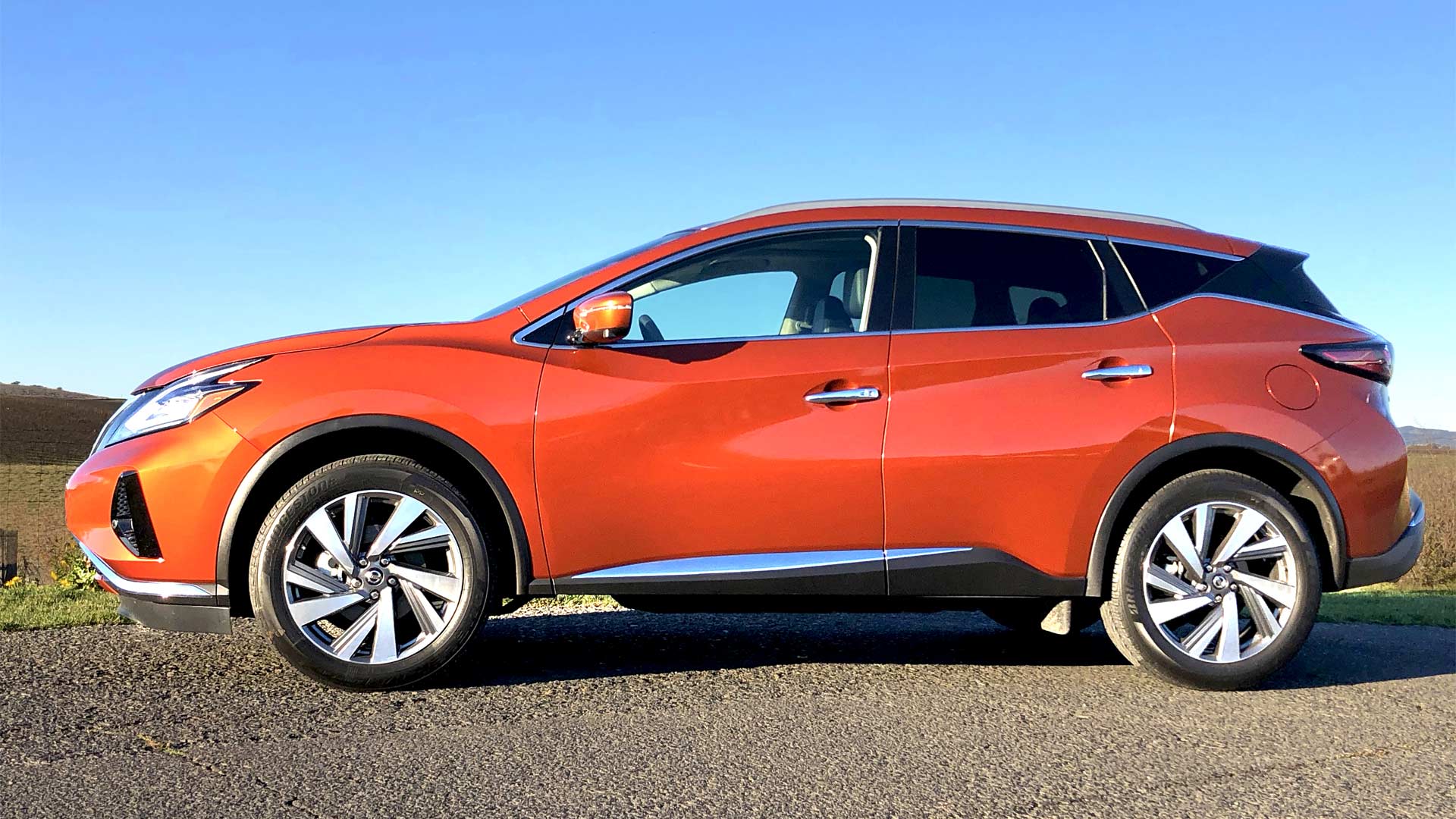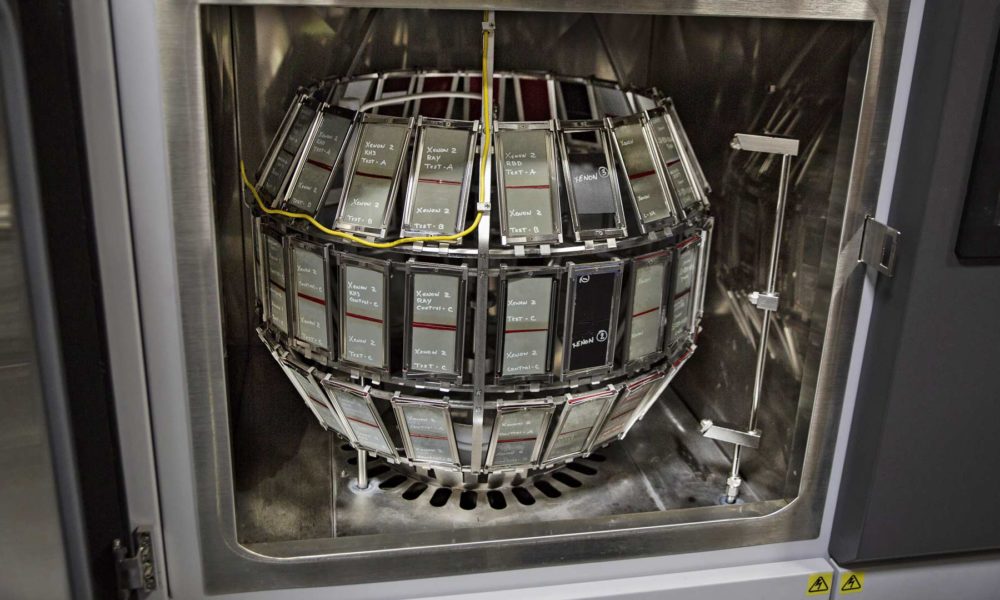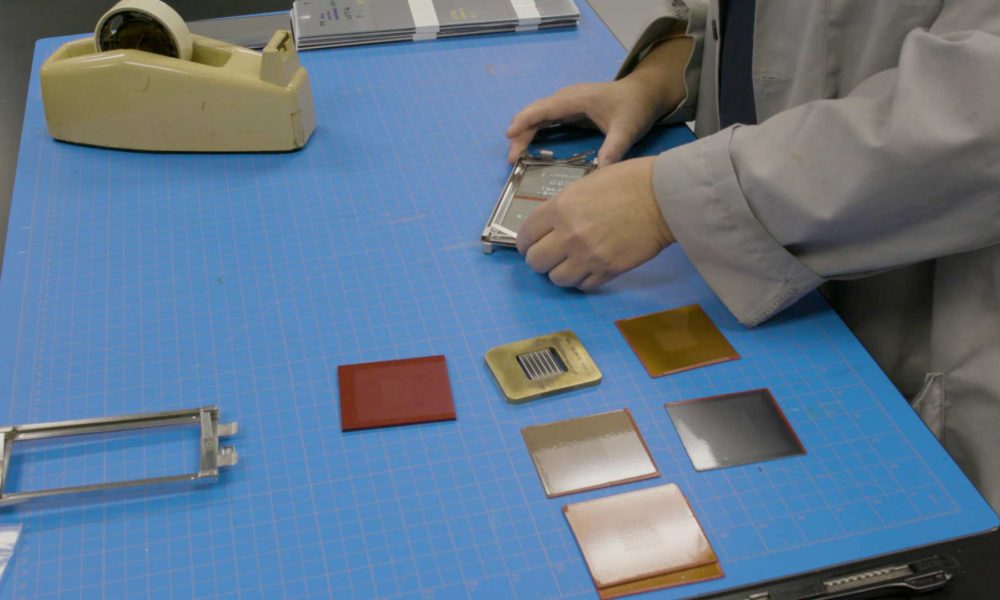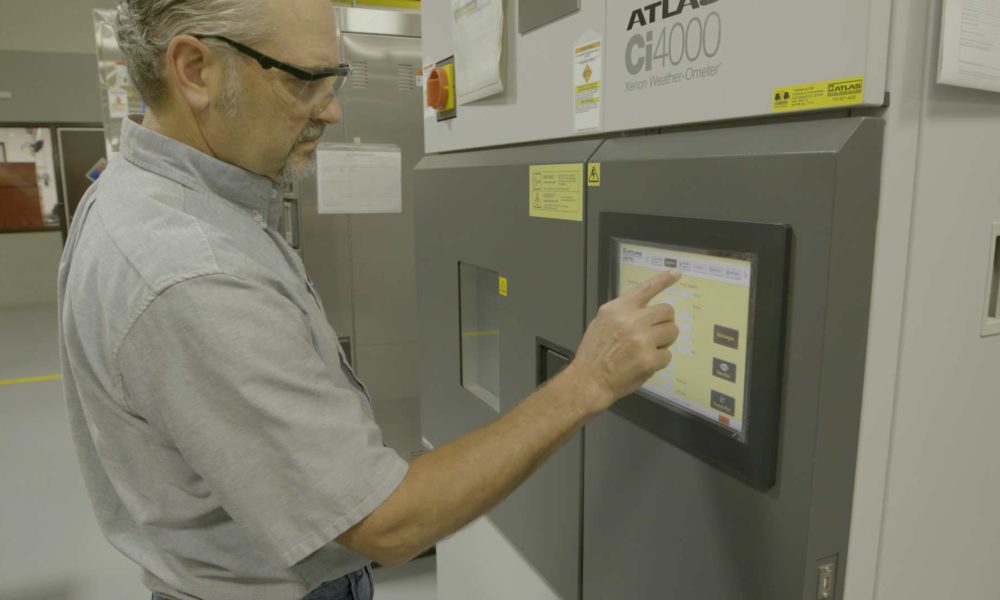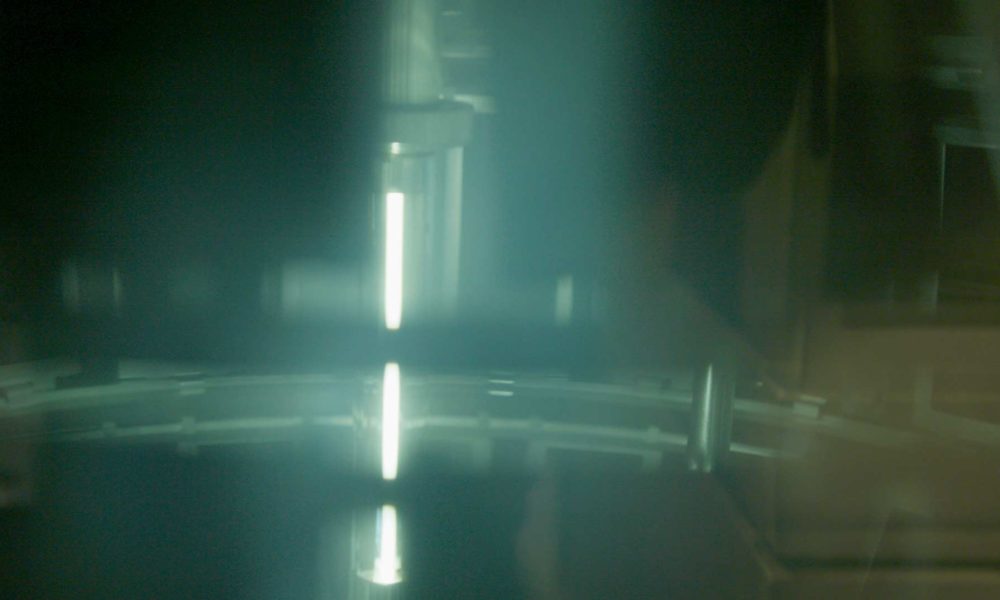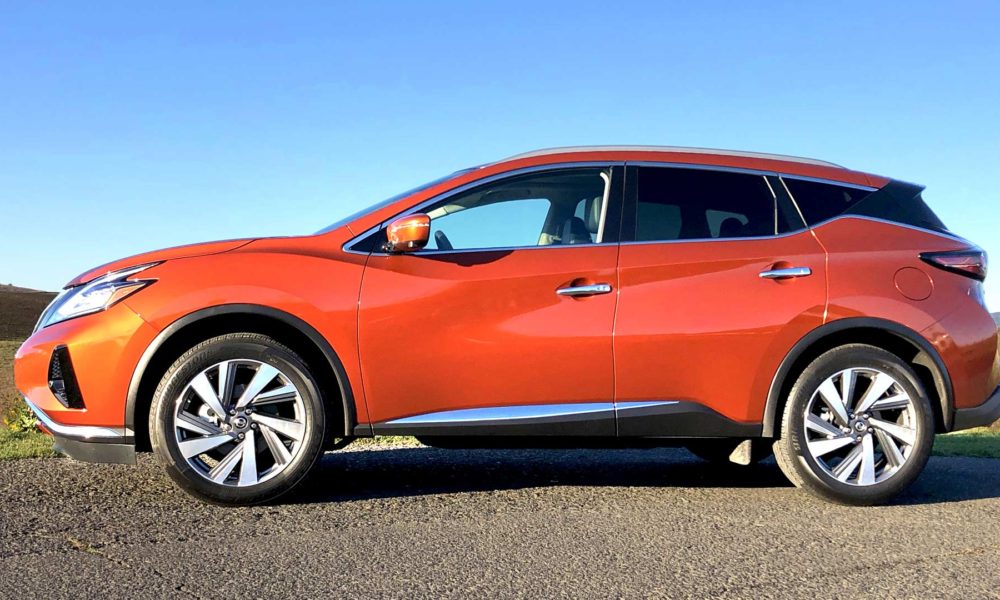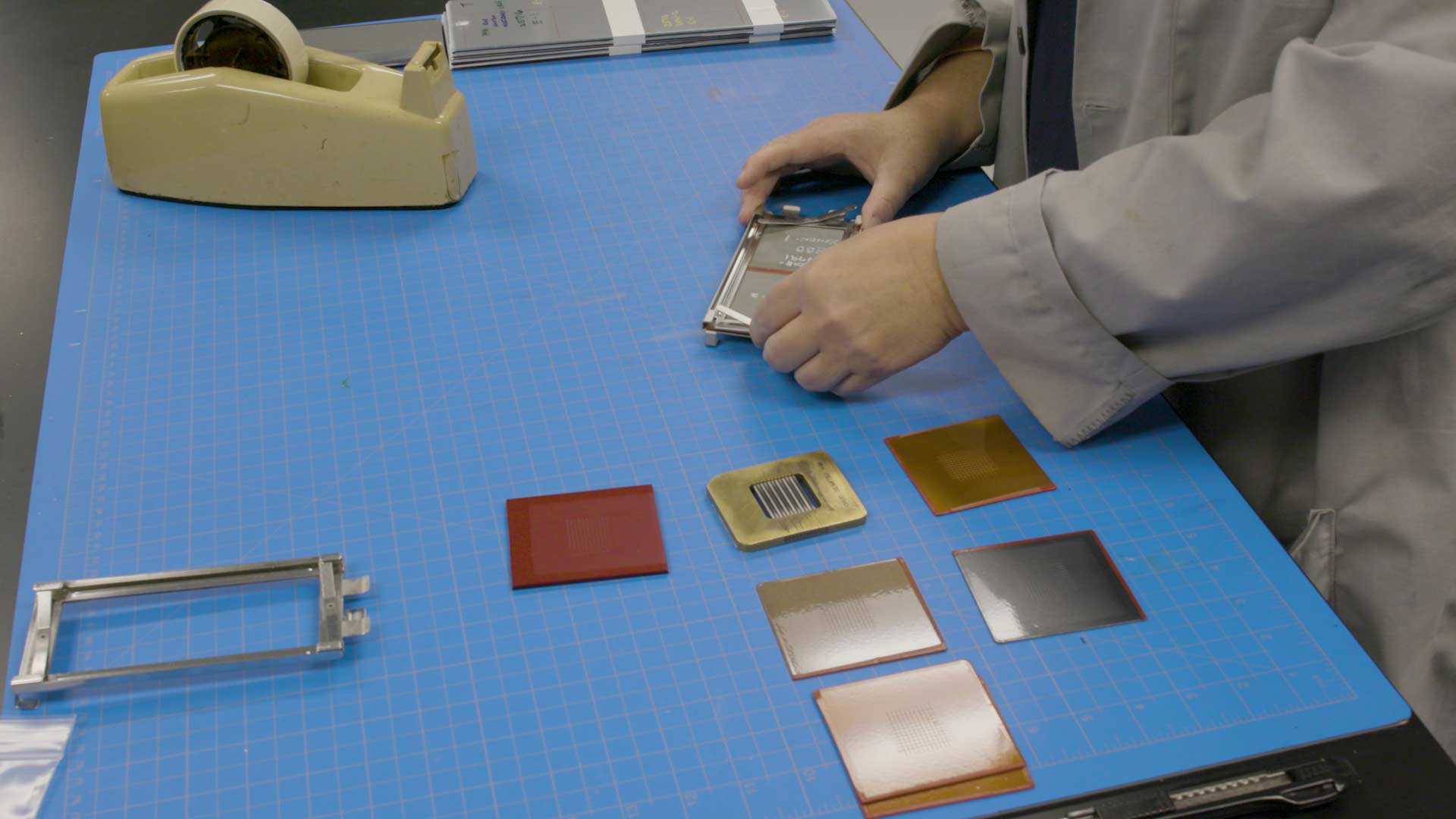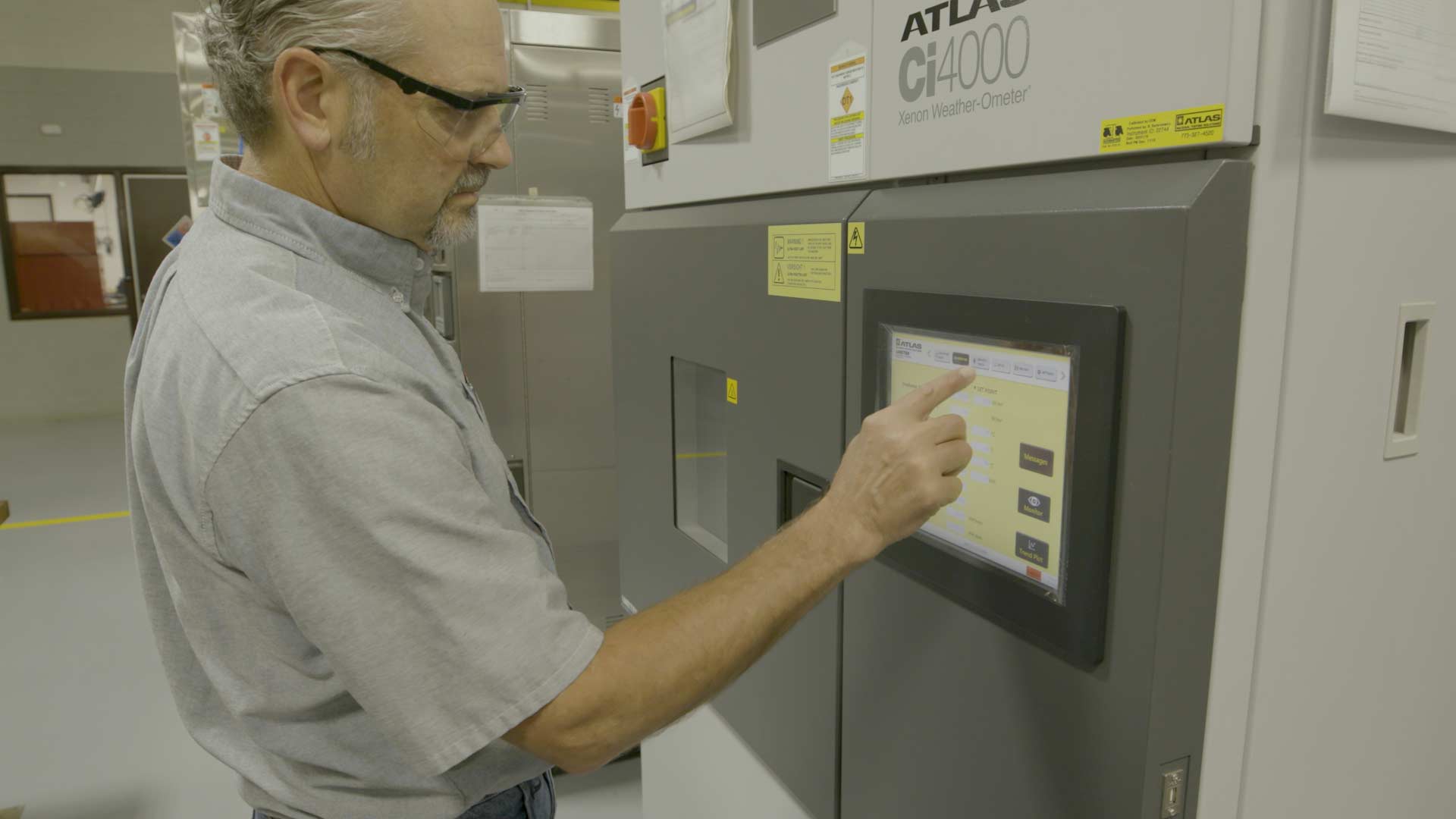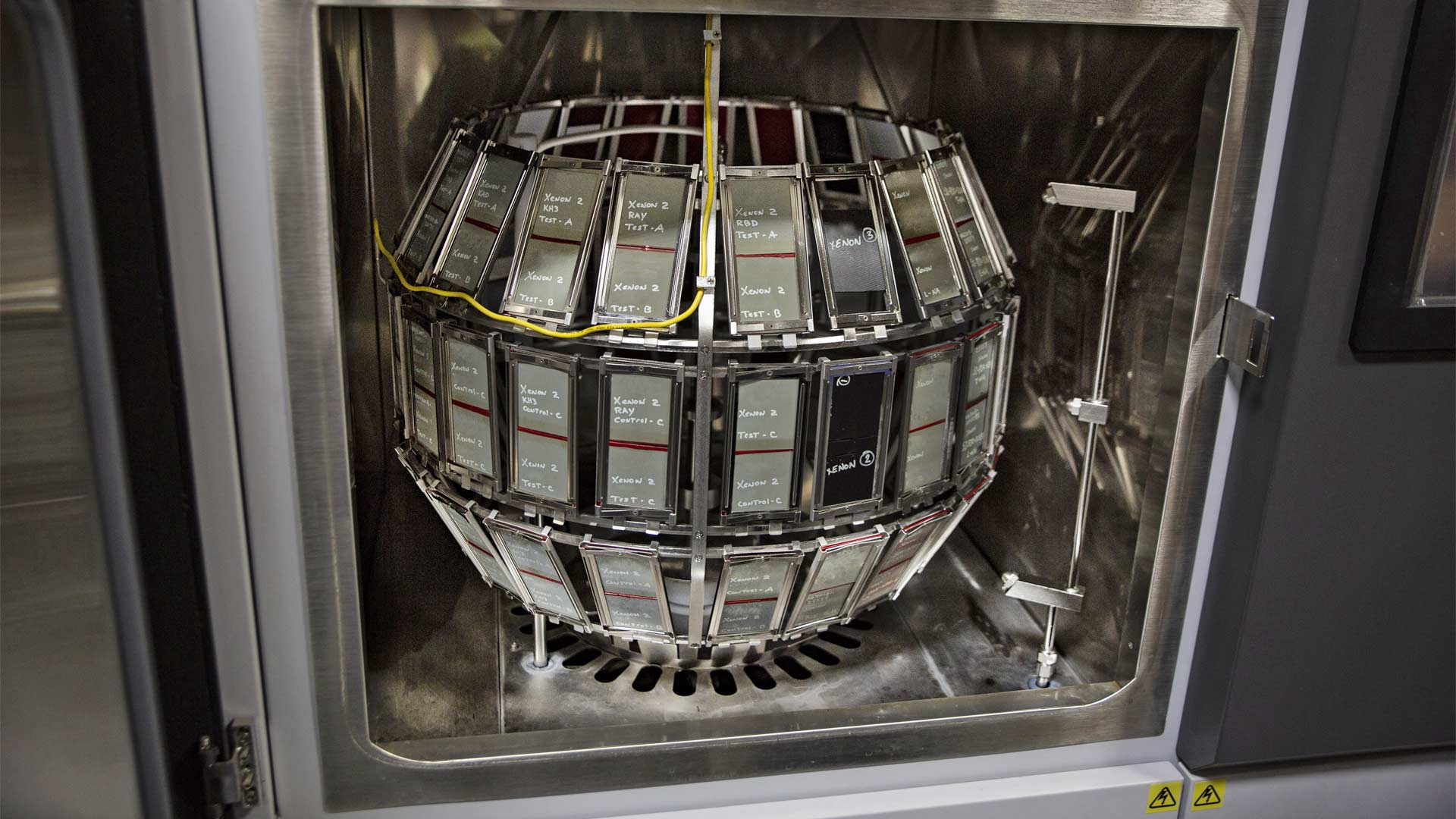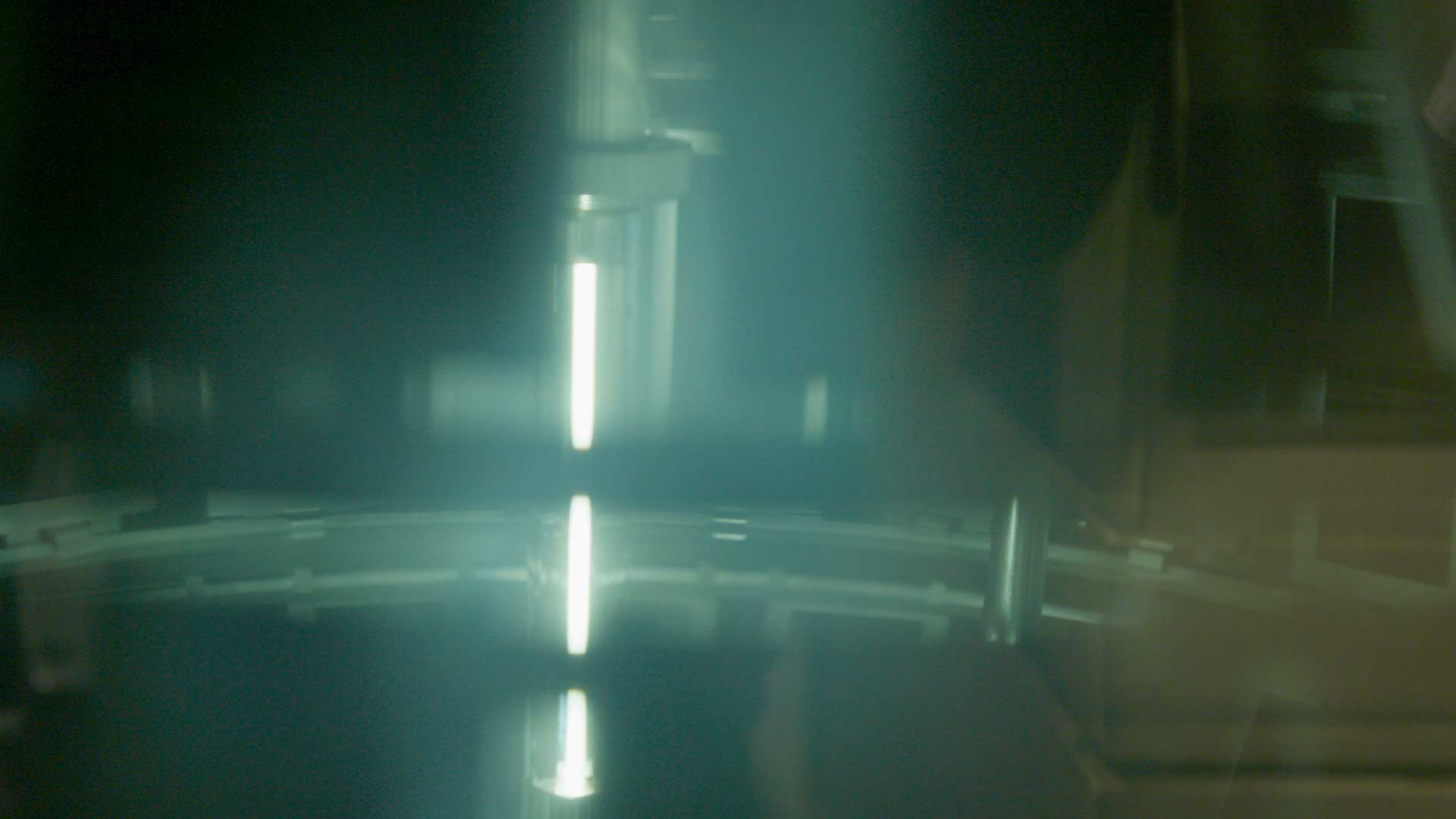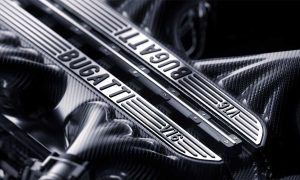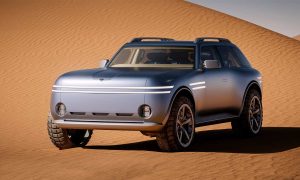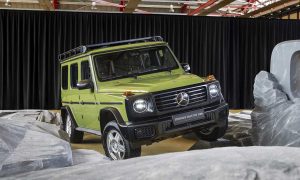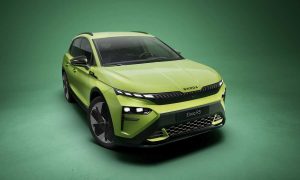As the daylight is in short supply during winter solstice, carmakers need to find a way to test the paint, interior materials and plastics for durability and quality.
Nissan has something called Xenon Weather-Ometer (XWO) tool. To evaluate the effects of solar energy on paint and other materials, a 4,000 watt Xenon bulb bakes nearly 100 samples at the same wavelengths as the sun. Samples rotate around the Xenon bulb to imitate earth’s orbit.
Engineers observe the material samples through a series of cycles to investigate changes and ensure durability and quality. Nissan uses test environments like the XWO accelerated weather chamber to replicate conditions that occur in a natural environment, right inside the lab. These test cells expose various types of material samples to a wide range of conditions that a vehicle may face throughout its lifecycle.

Leave a Reply
Note: Comments that are unrelated to the post above get automatically filtered into the trash bin.
